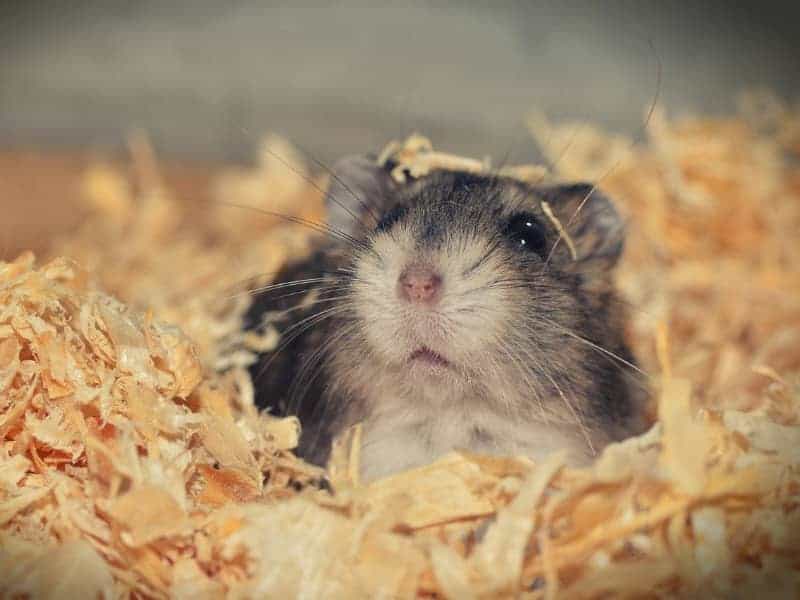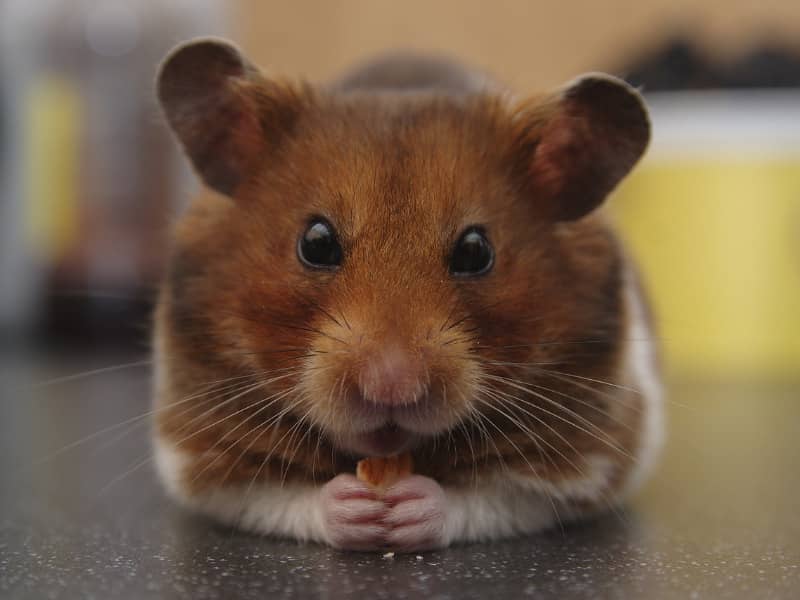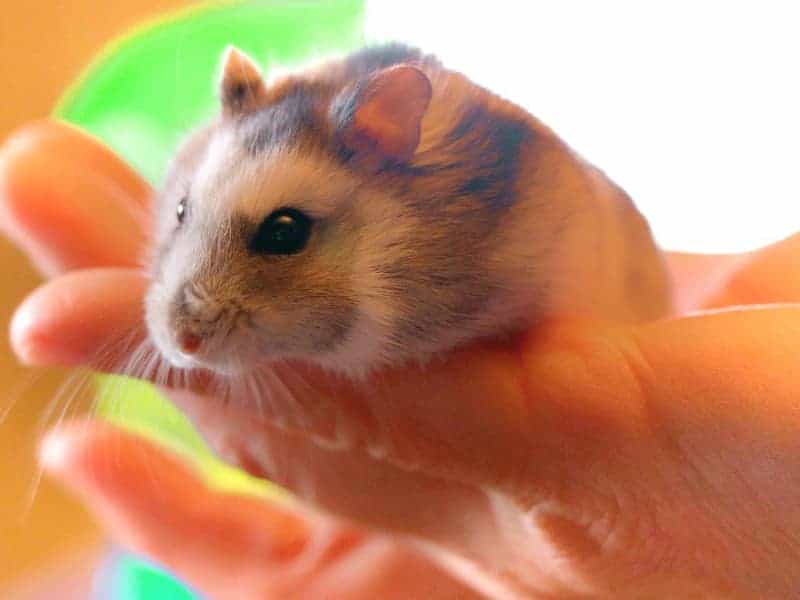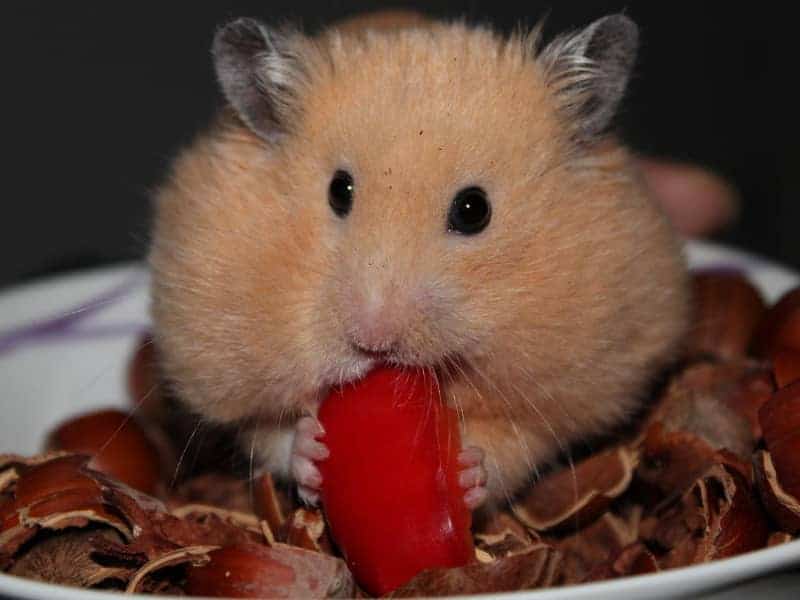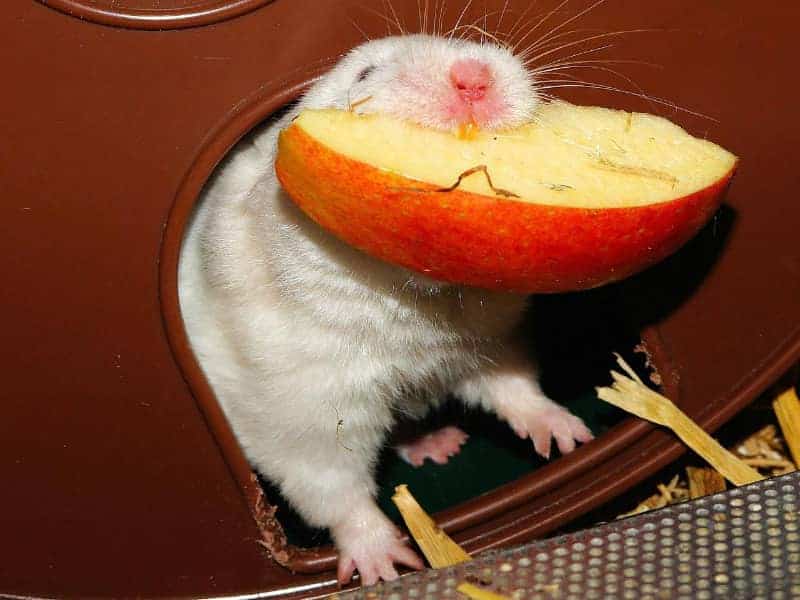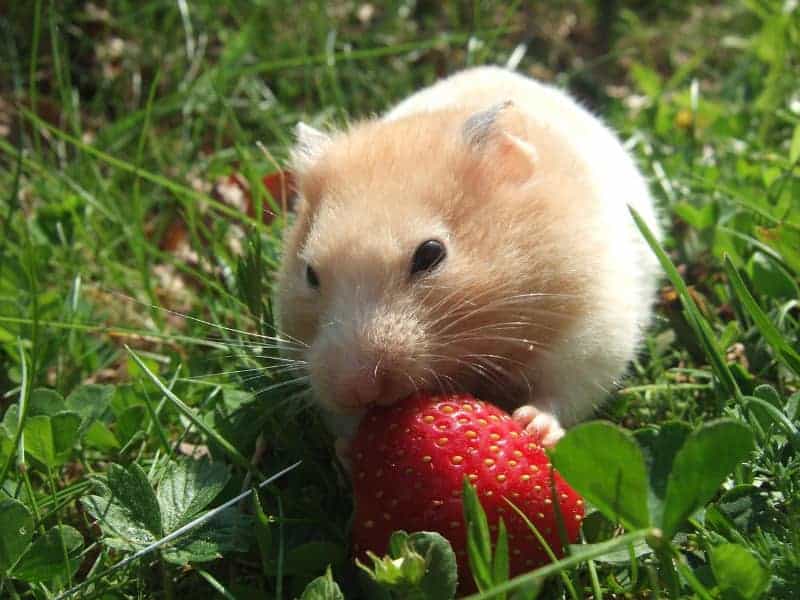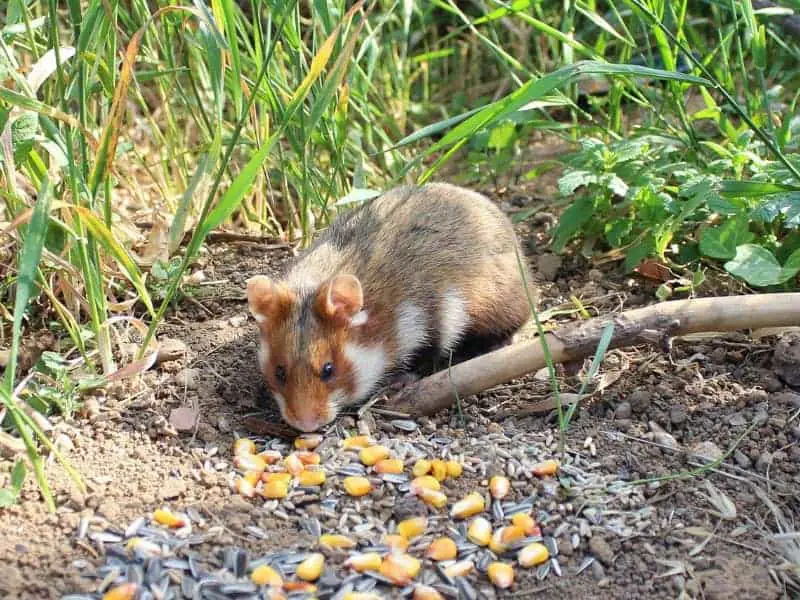
Field hamster in garden
A field hamster in the garden has unfortunately become a rarity in many areas of Germany. The little guys are threatened with extinction and it is therefore particularly important that, if there is a hamster in your garden, you take a little care of it. But first you have to recognize that there is a hamster in your garden.
Recognize that there is a hamster in the garden
You can recognize that there is a field hamster in the garden mainly by the traps that the hamster makes. These have a diameter of 7-10 cm in an adult animal and are circular. These burrows go vertically into the ground and are at least 30 cm deep. In young field hamsters, the diameter is somewhat smaller and is 4-7 cm.
The area immediately surrounding the pitfall tubes is often completely bare. This is referred to as a feeding circle. In spring, the so-called hatching tubes are added to the pitfall tubes. Depending on the weather, the European hamster hibernates in April/May and burrows through the hatching tubes into the open. These tubes can be easily recognized by the large amount of fresh soil distributed around the entrance.
In contrast to the drop tubes, the hatching tubes are not vertical, but run diagonally upwards.
Why a feeding circle around the downpipes?
The pitfall tubes are laid out vertically to allow the hamster to escape quickly. It literally drops into the tube to escape possible enemies such as birds of prey or foxes. The feeding circle around these tubes is created so that the hamster has a good view of the surroundings when leaving the tube.
The summer burrow of a field hamster in the garden
There are clear differences between a summer burrow of the European hamster and the winter burrow. The summer burrow has several exits, which are constructed as pitfall tubes. Within this burrow there are several chambers that are connected to each other by passages. These include a nest chamber, storage chamber and droppings chamber. The depth of such a burrow is between 40 and 60 cm.
In young field hamsters that have just been thrown out of their parents' den, the structure looks somewhat more spartan. For the first few weeks, the den usually only consists of a tube and a nest chamber. However, this burrow is extended over the course of the next week and months. These burrows can also be recognized by the fact that the tubes have a smaller diameter.
Field hamsters in the garden - Winter construction
The winter burrow is dug much deeper than the summer burrow. A field hamster in the garden digs at least 1.2 m deep so that it can hibernate in a frost-proof area. It is important that the soil consists of a solid mass. These soils are known as deep soils and often have a high clay content.
These firm soils ensure that cold and moisture are kept well away from the winter burrow. The ingress of groundwater must be avoided at all costs, as the animals would otherwise drown in their burrow. Sufficient protection must also be provided in the event of heavy rainfall. The hibernation burrows are closed by the field hamster before hibernation.
In spring, the burrow is then abandoned through often freshly dug hatching tubes.
How many hamsters live in one burrow?
Here the number varies from 1 to 10, the reason is simple, young hamsters are initially alone in their burrow and are only joined by another hamster when they reach sexual maturity. As soon as offspring appear, the number of animals logically increases. Only rarely is there more than 1 family together in a den. However, neighborhood associations are not uncommon.
Spotted a hamster in the garden, what to do?
The best thing you can do is to leave him alone. Unlike a golden hamster or dwarf hamster, a field hamster does not like people and is afraid of them. That's why you should never touch a hamster or approach it too quickly. Some of the animals are so skittish that they may move out of your garden again if they don't have enough peace and quiet.
If you want to support the hamster, you can make sure that it finds enough seeds in your garden. Laying down ears of grain also helps the animal to survive the winter. The field hamster will collect any bird food that has been laid out and carry it to the pantry. Here you should make sure that the fat content is not too high, as is the case with tit dumplings.
When is the field hamster active in the garden?
You have found all the signs that you have a hamster in your garden and yet you never see it. Then you're in good company, because most garden owners who have a hamster in their garden unfortunately never get to see it. The reason for this is that the animals are incredibly shy and have good hearing.
We humans make noises when we walk that are equivalent to an earthquake for a hamster, which is why it does not come out of a burrow or hide in it. In addition, it is primarily active at night and only rarely during the day. Here it spends most of its time sleeping or working on its den.
Author

-
Garden animal - A life with nature
Welcome to my animal blog! My name is Dirk and I am happy to take you on my journey through the fascinating world of animals and gardening.
Born 54 years ago, I have had an insatiable curiosity for the animal world around me since childhood. Although I have moved professionally in other industries, my true passion has always been animals and nature. It is remarkable how a small garden has become such an important part of my life.
Many of my fondest memories are associated with the animals that share our home. Whether it's the curious squirrels that scurry across the trees in the morning, the colorful variety of birds that visit our feeders, or the busy bees and butterflies that pollinate our flowers, every moment with them is invaluable to me.
This blog is my contribution to share my experiences, discoveries and insights with like-minded people. Here I will share stories of unforgettable encounters with animals, give tips on gardening and creating wildlife-friendly habitats, and take you on my journeys through nature.
Thank you so much for being here!
Cordial,
Dirk aka garden animal
Last posts
- 27. February 2024PetsVeganes Hundefutter – Grün und Gesund?
- 18. January 2024ChickensOregano für Hühner
- November 27, 2023HamsterDiurnal hamsters
- November 24, 2023HamsterHamster hammock

